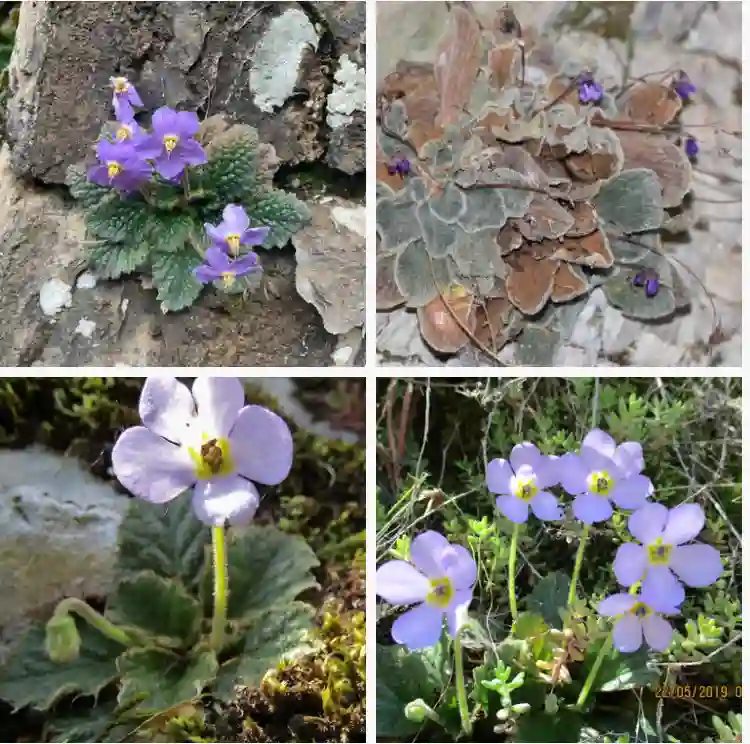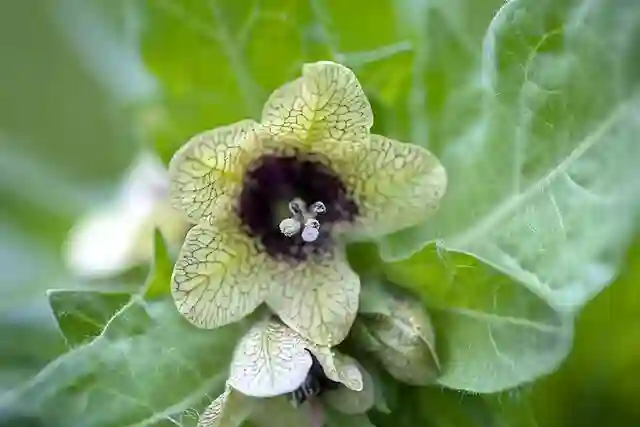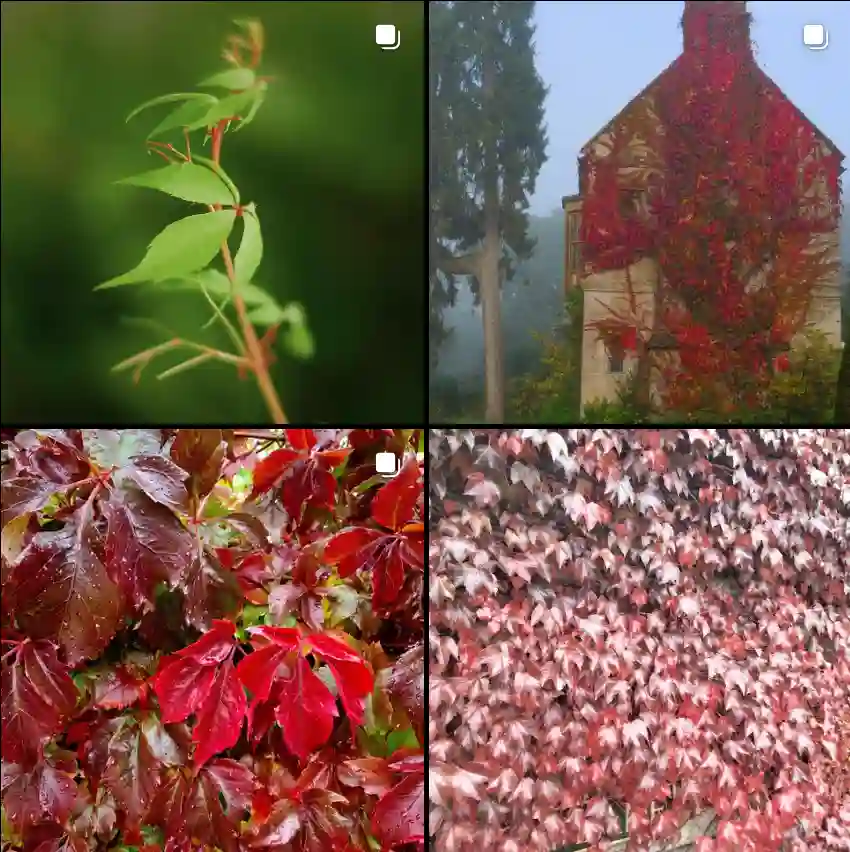What Is Dombeya Seminole?
I’ve had the pleasure of growing Dombeya Seminole, and it’s a truly unique plant. Also known as the Seminole Dombeya, this shrub belongs to the Malvaceae family. Native to tropical and subtropical regions, it’s prized for its stunning floral display. The plant is known for its large, showy blooms that can turn any garden into a vibrant spectacle. Each flower is a striking shade of pink or red, depending on the variety. The foliage is equally impressive, featuring large, lush leaves that add a tropical feel to any garden.
198 Species in Genus Dombeya
How to Care for Dombeya Seminole?
Caring for Dombeya Seminole can be quite rewarding. It thrives in a warm climate, making it perfect for those of us in USDA zones 9 through 11. Here are some key points I’ve found essential for keeping this plant happy:
- Sunlight: Dombeya Seminole loves the sun. It performs best with full sun exposure, so plant it in a spot where it will receive at least 6 hours of direct sunlight daily.
- Watering: This plant prefers consistent moisture but doesn’t like sitting in water. I’ve learned that regular watering is crucial, especially during dry spells. However, ensure the soil drains well to prevent root rot.
- Soil: A well-draining soil mix is ideal. I’ve used a blend of loamy soil with good organic matter to maintain the right balance of moisture and aeration.
- Fertilization: To encourage blooming, feed the plant with a balanced fertilizer during the growing season. I usually opt for a slow-release fertilizer to ensure consistent nutrition.
How to Propagate Dombeya Seminole?
Propagating Dombeya Seminole can be a fun project if you’re looking to expand your collection. Here’s how I’ve successfully propagated this plant:
- Cuttings: Take semi-hardwood cuttings in late summer. I’ve found that cutting about 4 to 6 inches long works well. Dip the cuttings in rooting hormone before planting them in a pot with a well-draining mix.
- Climate: Keep the cuttings in a warm, humid environment. A propagator or a plastic bag can help maintain the necessary humidity levels.
- Rooting Time: Roots usually develop in 4 to 6 weeks. I check the cuttings regularly to ensure they are rooting properly.
What to Plant With Dombeya Seminole?
Pairing Dombeya Seminole with complementary plants can enhance its beauty. In my garden, I’ve had great success planting it alongside:
- Hibiscus: Their large, colorful blooms complement Dombeya’s vibrant flowers.
- Bird of Paradise: The bold foliage and striking flowers of Bird of Paradise create a tropical look.
- Caladiums: Their colorful leaves add contrast to Dombeya’s lush foliage.
Benefits of Dombeya Seminole
Dombeya Seminole offers several benefits:
- Aesthetic Appeal: Its dramatic flowers and lush leaves create a stunning visual impact.
- Privacy Screening: The dense growth makes it an excellent choice for a natural privacy screen.
- Wildlife Attraction: It attracts pollinators like bees and butterflies, adding life to the garden.
Toxicity of Dombeya Seminole
One question I often hear is about its toxicity. Fortunately, Dombeya Seminole is non-toxic to pets and humans. This makes it a safe choice for families with children and pets.
Common Problems with Dombeya Seminole
Despite its beauty, Dombeya Seminole isn’t without its issues. Some problems I’ve encountered include:
- Pests: Watch out for aphids and spider mites, which can sometimes infest the plant. Regular inspections and occasional insecticidal soap treatments can help manage these pests.
- Fungal Issues: In humid conditions, the plant can be prone to fungal infections. Ensuring good air circulation and proper watering practices can reduce this risk.
Compare with Other Similar Plants
If you’re considering Dombeya Seminole, you might also look into similar plants. Here’s how it compares with some of its close relatives:
- Dombeya Wallichii: While both are from the Dombeya genus, Dombeya Wallichii typically has smaller, less showy flowers compared to Dombeya Seminole’s larger blooms.
- Hibiscus Rosa-Sinensis: Another tropical plant with stunning flowers, Hibiscus has a more compact growth habit and requires slightly different care, such as more frequent pruning to maintain shape.
In conclusion, Dombeya Seminole is a fantastic plant for anyone looking to add a splash of tropical beauty to their garden. With its vibrant flowers, lush foliage, and relatively easy care, it’s become a favorite in my garden. Whether you’re new to gardening or a seasoned enthusiast, this plant is definitely worth considering for its aesthetic appeal and practical benefits.
If i die, water my plants!



